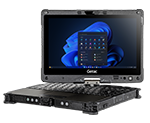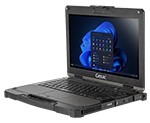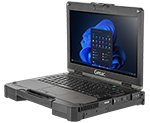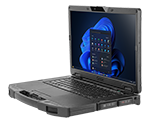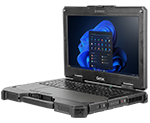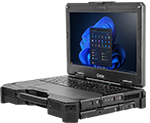-
SOLUTIONS
-
-
-
Getac Select
A combination of rugged computing devices, software, accessories and professional services in a purposeful range of specifically tailored solutions.
-
Getac Assist
Getac Assist is our fully rugged remote expert solution aimed at assisting field service engineers and technicians with knowledge transfer, remote guidance, inspection, quality control, safety, compliance, and more.
-
-
-
-
PRODUCTS
-
INDUSTRIES
-
-
-
Defence
Mission-critical COTS computing that delivers high powered processing and reliability in operational environments.
-
Public Safety
Ambulance, Fire & Rescue and Policing applications
-
Utilities
Smart Meter Reading and Installation, On-site Safety, Utility Asset Management, Workforce Management for Utilities, Mobile GIS, Surveying and Mapping
-
Transportation & Logistics
Railroad Management, Airport Management, Port Management, Long-haul Delivery Fleet Management, Warehouse Materials Handling
-
Oil & Gas
Remote Support, Asset Management, Field Data Analysis, Workplace Safety
-
Industrial Manufacturing
Industrial Programming and Robotic Control, Facility management, Compliance and Inspections, Workforce Management, Inventory and Warehouse Management, Factory Automation and Plant Monitoring, EAM and CMMS Solutions.
-
Automotive
Optimised Rugged Mobile Solutions to drive a smarter approach throughout the automotive value-chain.
-
Natural Resources
Mining, Forestry and Construction applications
-
- Explore All Industries
-
-
-
COMPANY
-
HELP & SUPPORT
- Resource Centre
- |
-
- Americas
-
Europe
-
-
- Hungary (English)
- Ireland (English)
- Italy (Italiano)
- Kazakhstan (Русский)
- Kyrgyzstan (Русский)
- Latvia (English)
- Lithuania (English)
- Mongolia (English)
- Netherlands (English)
- Netherlands (Nederlands)
- Norway (English)
- Poland (English)
- Poland (Polski)
- Portugal (English)
- Portugal (Português)
- Romania (English)
-
- Asia Pacific
- Middle East & Africa
